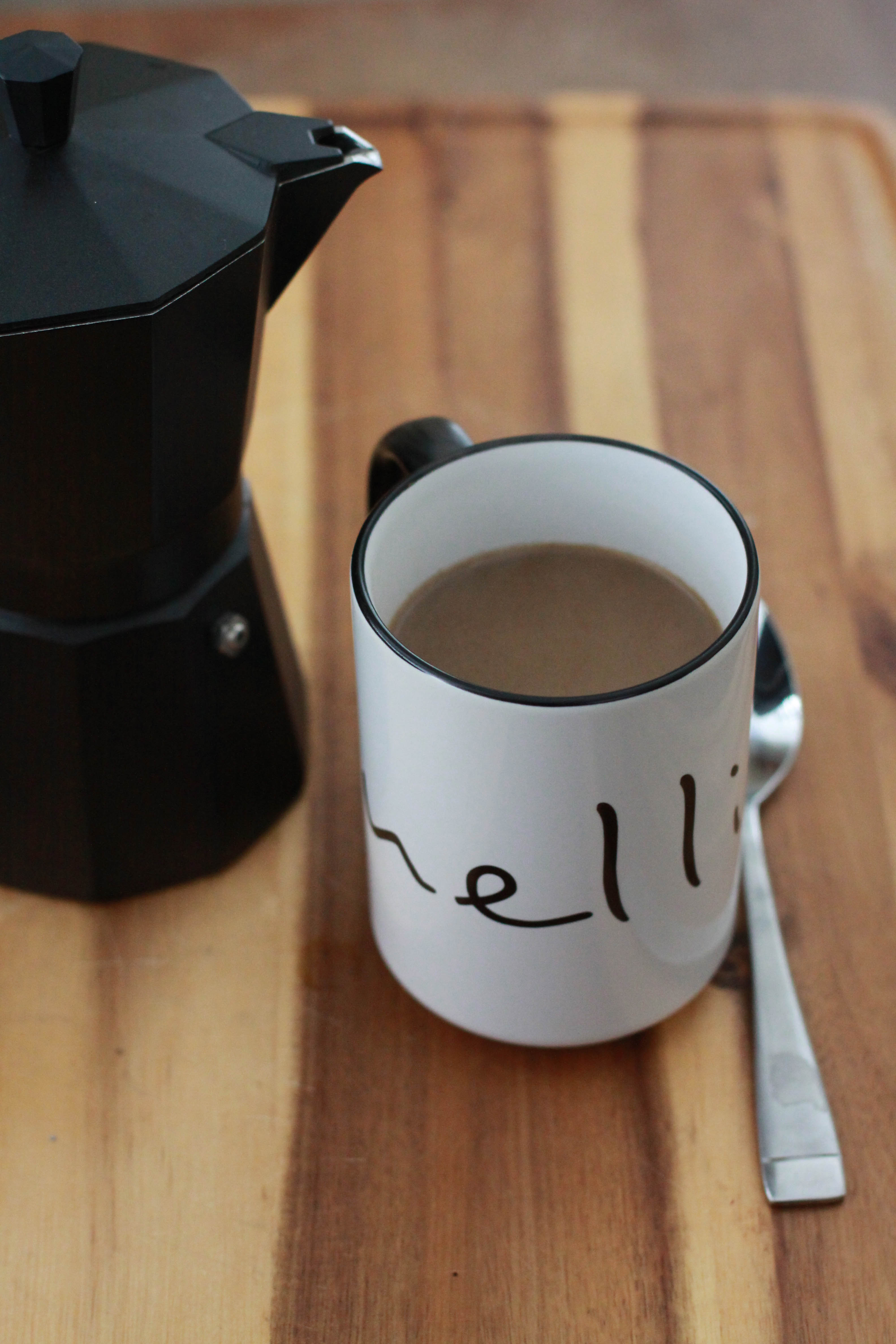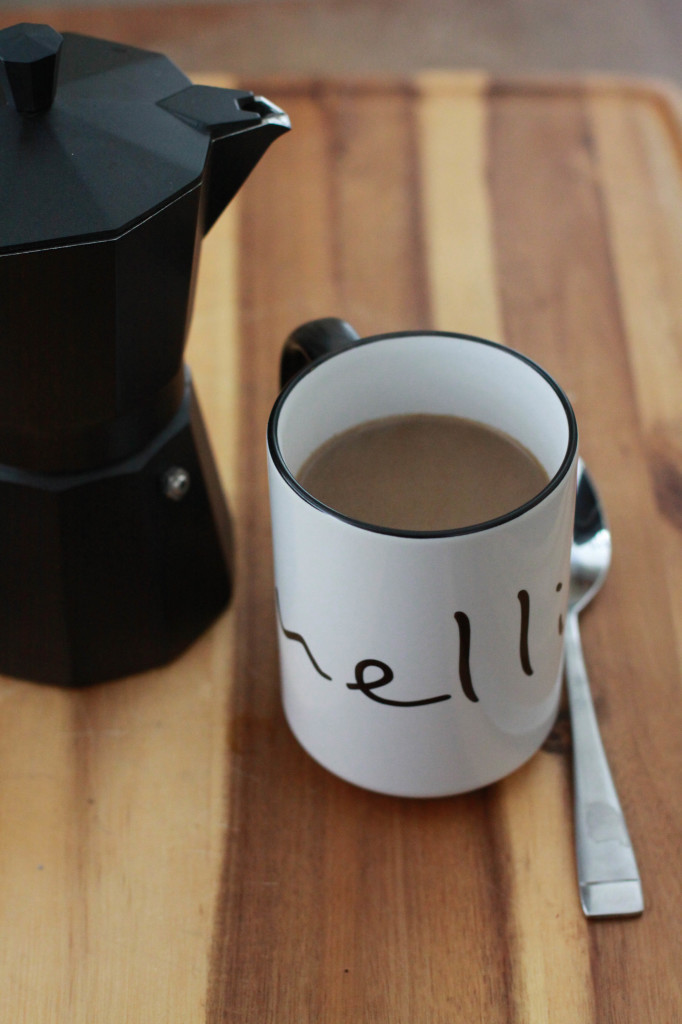
It’s no secret I love coffee. You know that, right? I love everything about coffee: the way it smells, the ritual surrounding it, drinking coffee with friends and ending the night with something sweet and a cup of decaf. I’ve been doing an okay job with cutting out caffeine, but truthfully I usually use coffee as a reward for doing something good. Drank a lot of water and ate plenty of veggies today? Okay, have a cup of decaf in the afternoon. You get the idea.
Joe and I like to joke that we have way too many ways to make coffee at our house. We own a Nespresso Pixie, a drip coffee maker, a Keurig Vue and a stovetop espresso pot. Out of all the methods available to me I find it funny that my favorite method happens to be the cheapest. We’ve owned a couple stovetop espresso pots and am always amazed at how great the coffee tastes versus other coffee-making methods. I’m not going to say it’s the best (since I know very little about using a Chemex or other pour-over methods) but I do think it’s pretty darn good coffee.
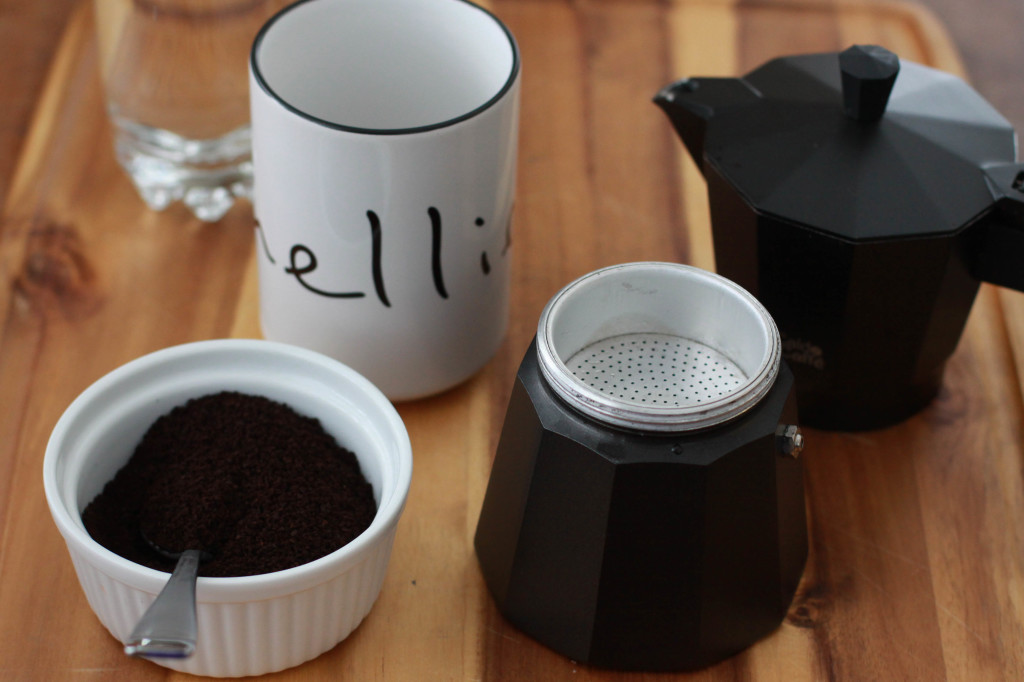
Like any method of making coffee, there are a couple different price points for stovetop espresso pots. In my opinion, the best of the best is the Bialetti model, which is relatively inexpensive considering it is the top of the line. Right now I have a cheaper version and plan to go back to the Bialetti next time.
Bialetti 6800 Moka Express 6-Cup Stovetop Espresso Maker
If you’re unfamiliar with this method, here’s how it works:
1. Fill the base of the pot with filtered water. Make sure it’s filtered when you make coffee if you care at all about your coffee tasting great.
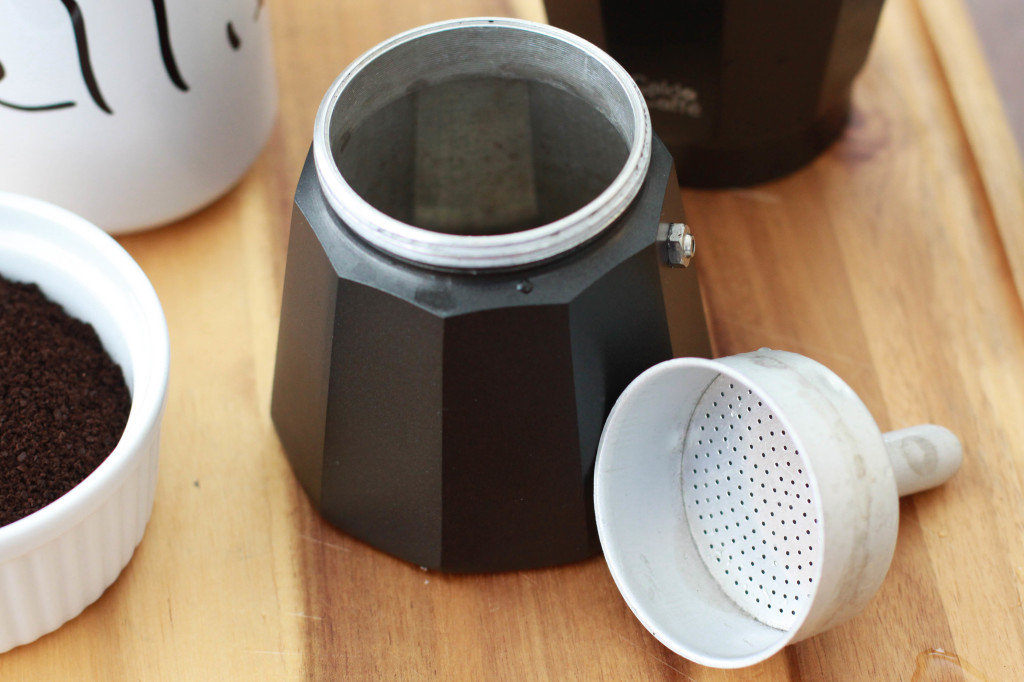
2. Place the small metal filter on top of the water and into the pot.
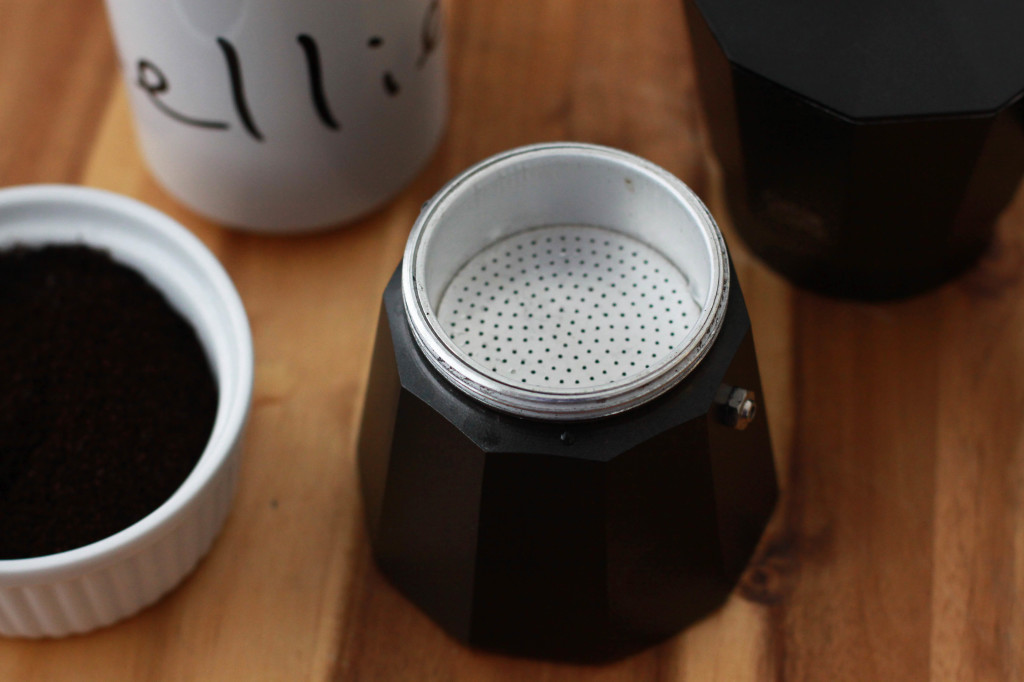
3. Fill with strong freshly-ground coffee or espresso. Since I love my coffee strong, I don’t usually pay much attention to the ratio of coffee to water. I fill my pot up with water as full as it can go, then use as much coffee that the filter can hold.
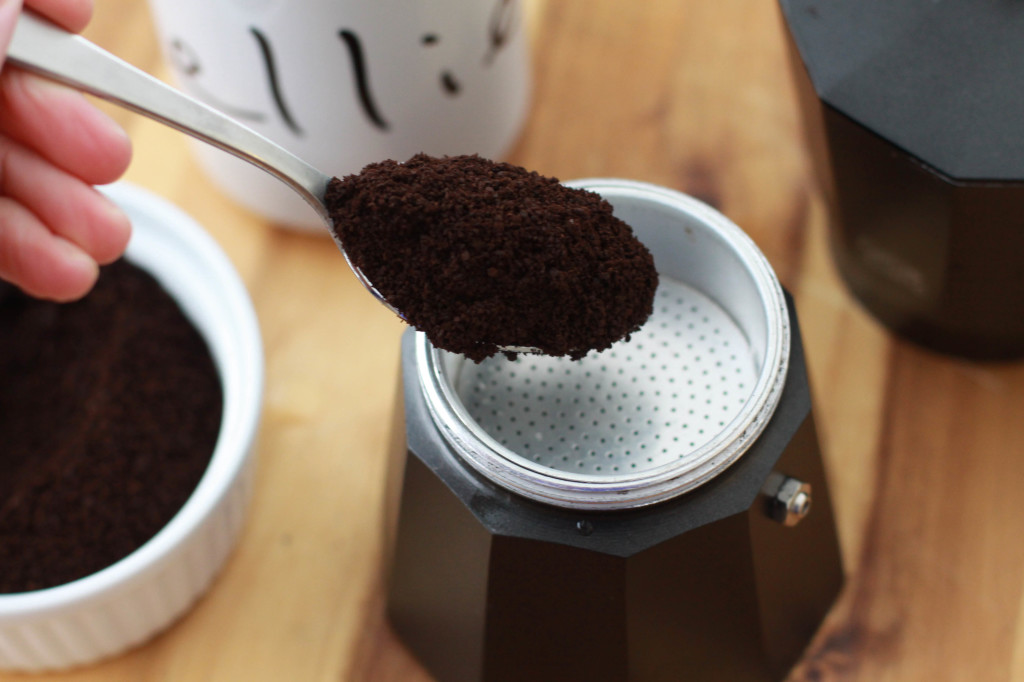
4. Screw the top piece of the espresso pot on tightly. Place on your stovetop burner over medium heat. The water will eventually start to boil, pushing the hot water up through the coffee grounds and into the top section of the pot, resulting in hot, strong and deliciously-flavored coffee. You’ll know it’s ready when you hear a lot of steaming/bubbling/gurgling.
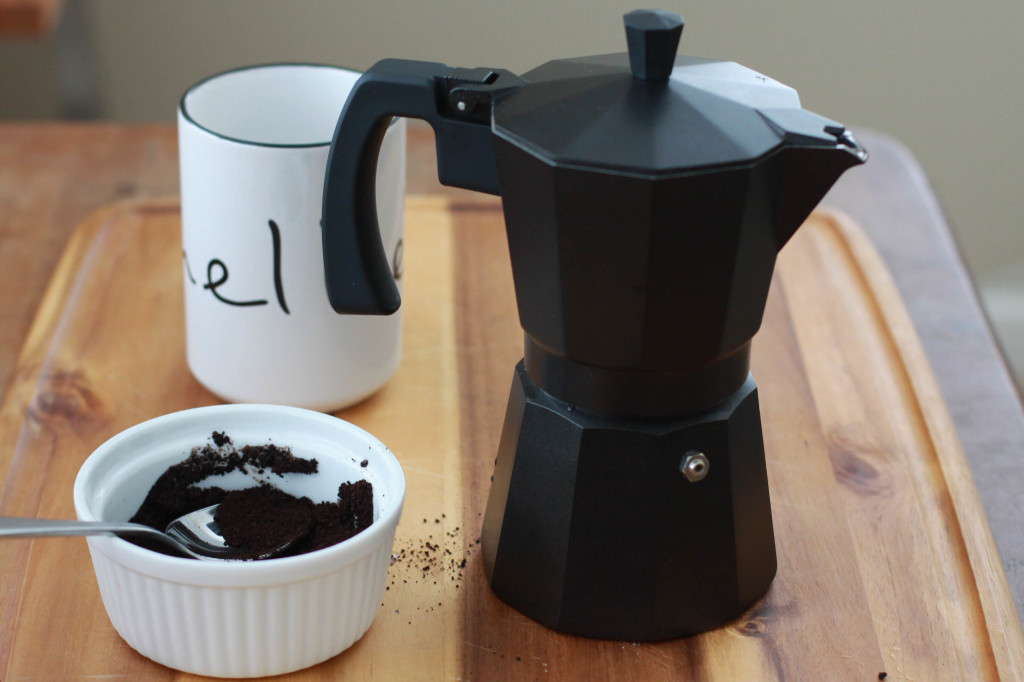
5. Pour your espresso into your favorite cup (I like mine with a little 2% milk or half and half) and enjoy!

PS: Have you checked out Nellie magazine yet? I’ve been contributing with a bunch of other amazing women and am blown away by the great content everyone is sharing. And as a bonus, right now you can win a Nelli Magazine mug! Just click here to enter. Since I’m a contributor, I received one free, but it’s my favorite new mug, and I’m pretty picky about coffee mugs.

